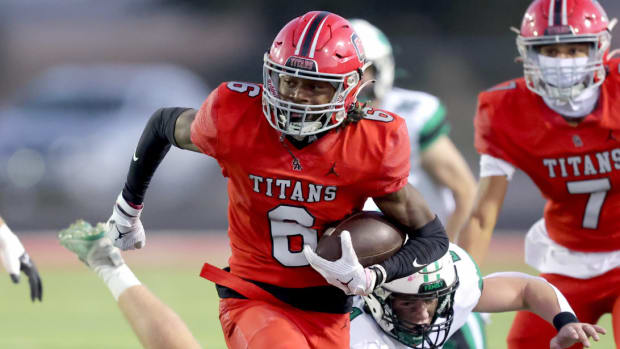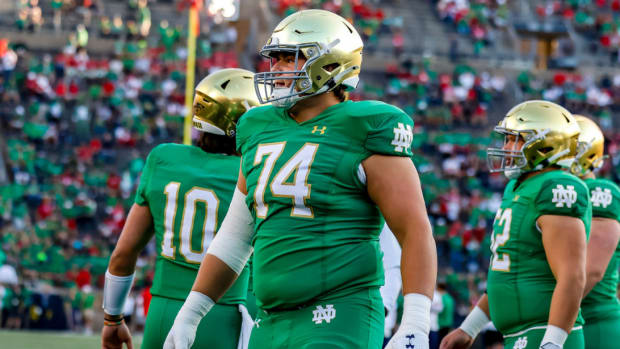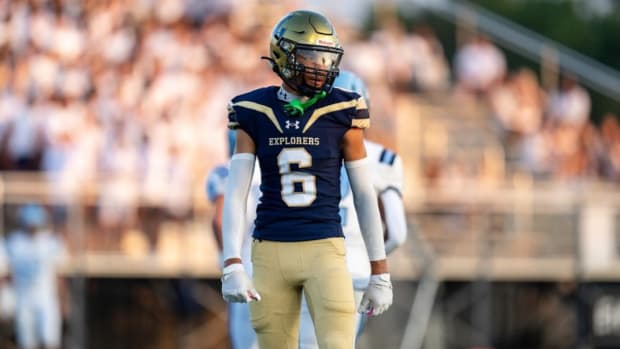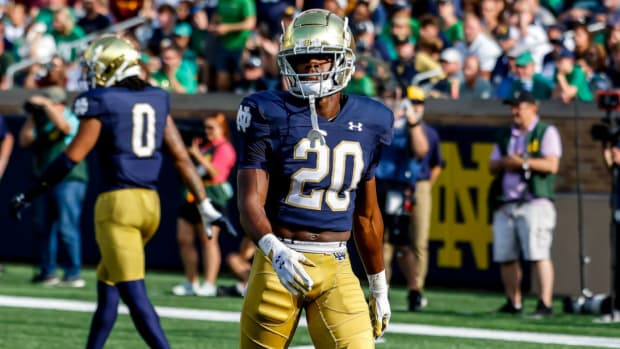Potential Doomsday Scenario Being Prepared For
Sports Illustrated writers Pat Forde an Ross Dellenger released an article today that presented a doomsday scenario and painted a picture that would make us believe college football in the fall is all but done. The writers referred to the current pandemic as a “plague,” and inferred that a loss of football in the fall could be devastating to college athletics as a whole.
You can read the full article HERE.
Below are some key takeaways from the article.
On the impact of the COVID-19 impact on college football and college sports at large:
“The impacts of the novel coronavirus to its cash cow, football, could bring a swift, and potentially permanent, end to the golden age of the industry. Just 143 days before its scheduled kickoff, the season’s existence is clouded with uncertainty as a plague hampers the nation, with billions of TV dollars and ticket revenues in jeopardy of disappearing.”
More on the ramifications of loss of revenue from no football, or diminished football:
“If it leads to a major downturn in the college football economy, then what? ‘We’re all effed,’ says one Power 5 athletic director who wished to remain anonymous. ‘There’s no other way to look at this, is there?’”
“A total or partial loss of the sport could send some athletic departments so deep into the red that one administrator predicted even Power 5 football programs shuttering. But the absence of football is only one piece. The long-term and severe financial impacts from an economic recession could not only reform forever how departments operate but also could spell sweeping changes to the landscape of college athletics—from the formation of a super division to a new wave of conference realignment, from money-saving travel modifications to football scheduling alterations, from discontinued sports to thousands of lost jobs.”
On possible options for changing the schedule due to alterations to when practice can begin:
“Playing games in the middle of the summer offends the sensibilities of those in the Deep South, while a January–February schedule would not play well in the Upper Midwest. Decision-makers who spoke to SI point to more practical options. Those include a truncated season, potentially with conference games only, that begins in October; a full season that starts in October, pushing bowl season to January and the playoff to February; and a season in which attendance is limited or altogether nonexistent. However, these are merely projections made months out. ‘What we’re dealing with is uncertainty,’ Florida athletic director Scott Stricklin says. ‘It’s hard to know what decisions to make because so much is up in the air. You try to do the contingency thing best you can, but there are a lot of unknowns.’”
On how important football is to college athletic budgets:
“At LSU, Scott Woodward presides over an athletic department sponsoring 21 sports. Eighteen of them lose money. And he’s one of the lucky ones. At most universities, two or fewer teams turn a profit: football and men’s basketball. LSU is in the minority, as its baseball program is normally in the black, too. Financial documents for the 2016–17 LSU athletic cycle paint a stunning picture of a school’s reliance on football. That year, the Tigers’ football program turned a profit of $56 million, men’s basketball made $1.6 million and baseball brought in about $570,000. The other 18 sports lost a combined $24.2 million. ‘Football is 85% of our revenue,’ Woodward says. ‘That says it all. It is the engine that drives the train.’”
On how this doomsday could ultimately lead to cutting other sports:
“There is another way to save money: cutting sports. ‘If football and basketball decline, you could see a number of schools scale back athletic programs all together,’ says Young, the A&M school president. ‘Schools that offer 25 sports, you’ll see some schools begin to put hiatus if not stop the sports that are expensive and not revenue-generating.’ In the 2018 reporting year, sports not named football and men’s basketball cost Power 5 athletic departments more than $960 million, or $17 million a school. No program lost as much as Michigan and Ohio State, at $39.9 and $38.8 million respectively. As two rich blue bloods, the Big Ten powers bring in enough football revenue—a combined $125 million in profit—to pay such a stiff price tag for all other sports. Not everyone, especially those in the Group of Five, are in similar positions.”
Be sure to stay locked into Irish Breakdown all the time!
Join the Irish Breakdown community!
Subscribe to the Irish Breakdown podcast on iTunes.
Follow me on twitter: @CoachD178




